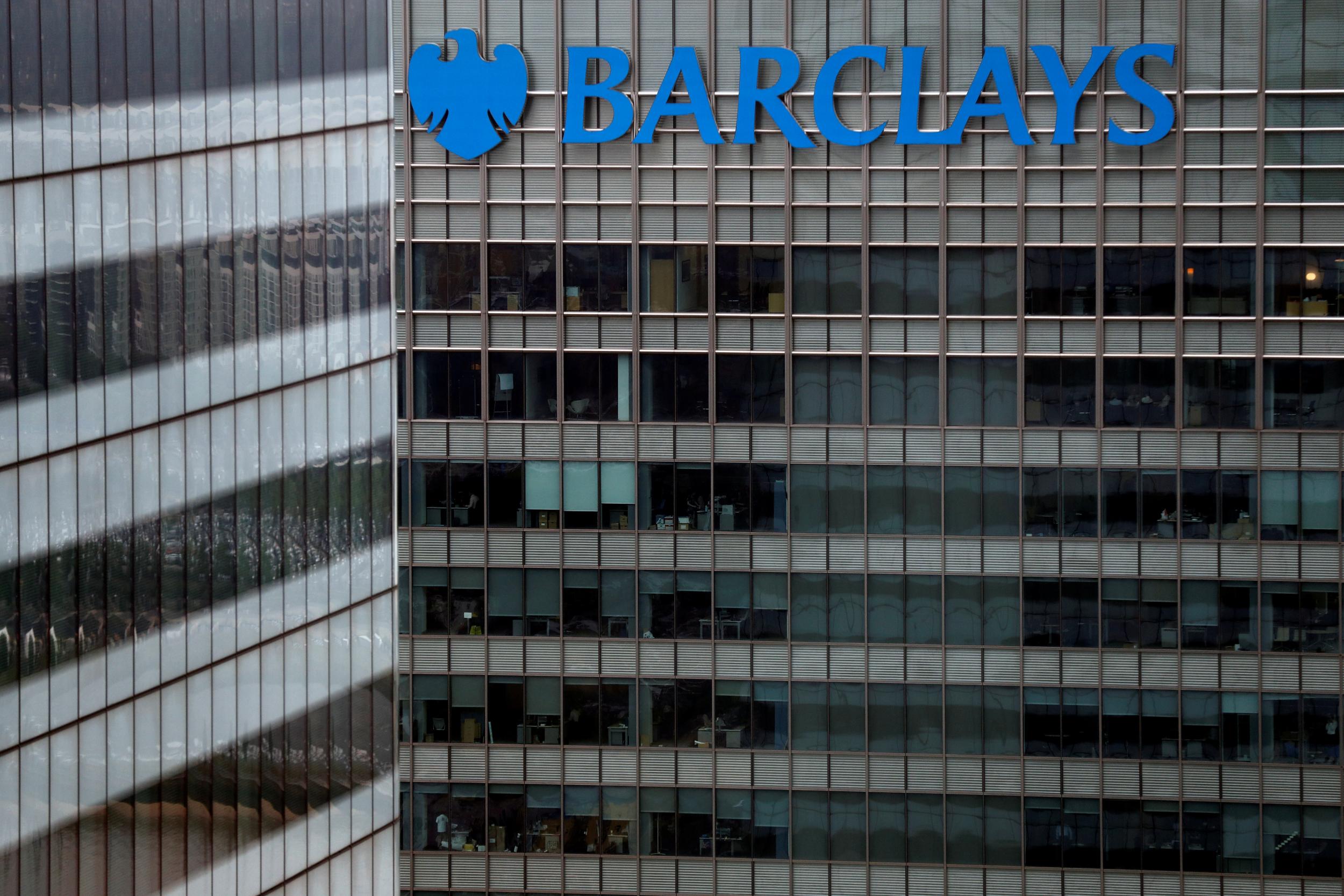Tough times for Barclays but its investment bank is still flying
CEO Jes Staley’s tenure has been marred by personal scandal and Barclays backing for fossil fuel but his decision to face down activist investor Ed Bramson and keep the unit looks better and better, James Moore writes


The first big UK bank over the hill with its interim results was Barclays, to which the initial reaction was “ouch”. The most important number was always going to be the impairment charge, which rolled in at £3.7bn over just six months. In the corresponding period BC (before Covid) that number was £0.9bn.
It’s true that the provisions the bank racked up in the first quarter (£2.1bn) were greater than those in the second (£1.6bn).
But the number was still worse than expectations by a couple of hundred million, and that worried the market.
The bank did say that it expects improvement in the second half, but it depends on “no change in macroeconomic forecasts”, or rather no adverse change. As this column has previously discussed, economic forecasts have to be taken with a much larger than usual pinch of salt these days. So perhaps this should be filed under hopes rather than expectations.
It’s worth reflecting on some more numbers Barclays trotted out to demonstrate that it’s a good corporate citizen and doughty supporter of the UK economy.
The bank handed out some 600,000 payment holidays, 121,000 of which apply to people’s mortgages, over the first half of the year. That, of course, leads to the inevitable question: what happens when they end, especially if that’s slap bang in the middle of the second wave Boris Johnson has belatedly started to warn about?
Barclays has also pumped out £22bn of “Covid-19 support for UK businesses”, which is easier to stomach for its investors because a substantial chunk of said support is government backed and will be added to the national debt if it goes bad. Potentially quite a lot of it will do so.
But it wasn’t all bad news for Barclays investors, and that means it wasn’t all bad for taxpayers because make no mistake this is a systemically important bank that’s too big to fail.
The Bank of England’s demand that its charges suspend dividends helped push Barclays’ core tier one capital ratio up to 14.2 per cent against a target of 13.5 per cent and a minimum requirement of 11.2 per cent.
That matters, given the choppy waters Barclays is sailing through. It means the boat should remain on a more or less even keel.
Profits fell by more than half (58 per cent). But even with all that bad debt, and in the midst of a rotten economy with interest rates at record lows, the bank still made a shade under £1.3bn.
Once again it was the investment bank that put the wind in Barclays sales. The coronavirus has infected the markets and volatility is its chief symptom. This drove a 63 per cent rise in trading revenues. Total income at the corporate and investment bank jumped 31 per cent and profits topped £2bn.
The bonus boys on the trading floor rolling in money while a pandemic rages isn’t a terribly palatable dish. What might make it taste better is that it should keep this institution strong enough to lend into the British economy, which will be desperately needed, especially as government support is withdrawn.
The record of outgoing CEO Jes Staley’s is a decidedly mixed one. Personal scandals have dogged his tenure, notably his relationship with disgraced financier Jeffrey Epstein and an earlier attempt to unmask a whistleblower. The bank also continues to take heat for backing fossil fuels, and on this it must do better. There are no excuses.
That said, Staley’s decision to stand firm against activist investor Ed Bramson’s demand that he downside or ditch Barclays Investment Bank looks better with every set of results the bank releases. Its shareholders have cause to thank him for that – and it might go beyond shareholders, depending on how the current crisis plays out.
Join our commenting forum
Join thought-provoking conversations, follow other Independent readers and see their replies
Comments